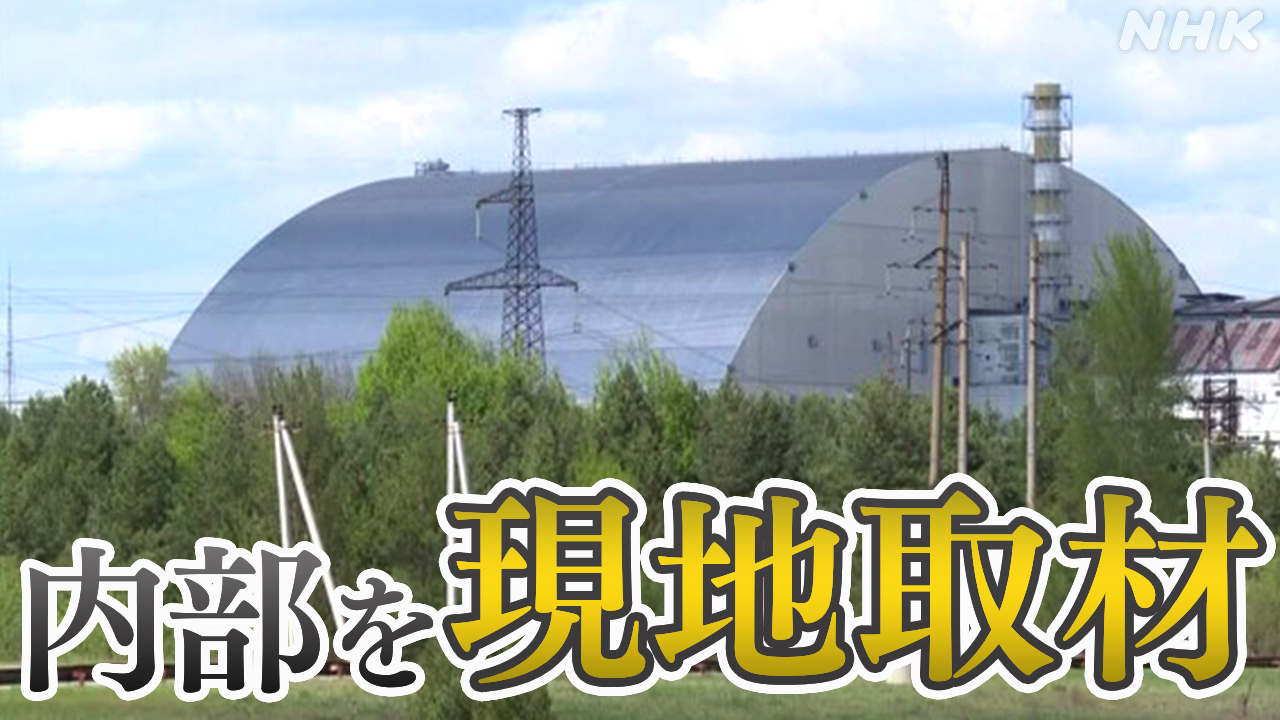Post-Attack Chernobyl: Shelter's Vulnerability Exposed – A Grim Reminder of Nuclear Security Risks
The recent events surrounding the Chernobyl Exclusion Zone have brought a chilling reality into sharp focus: the vulnerability of nuclear facilities, even decades after a catastrophic event. While the specifics remain shrouded in some ambiguity (depending on the nature of the "attack" referenced – whether accidental, deliberate sabotage, or natural disaster), the incident underscores the critical need for robust security measures and proactive disaster preparedness in the face of both natural and man-made threats. This incident serves as a stark reminder that the legacy of Chernobyl, and indeed all nuclear facilities globally, extends far beyond the initial disaster.
The Chernobyl Shelter: A Legacy Under Siege
The Chernobyl Nuclear Power Plant, infamous for the 1986 disaster, has been the subject of ongoing efforts to contain and secure the radioactive materials. This includes the construction of a New Safe Confinement (NSC), a massive arch designed to entomb the damaged reactor. However, the recent incident – regardless of its precise cause – exposes potential weaknesses in even the most advanced safety systems. The implications are far-reaching, affecting not only Ukraine but also the global nuclear safety community.
What We Know (and Don't Know)
While details surrounding the nature of the "attack" remain unclear pending official investigations, reports suggest breaches in security protocols or potential structural vulnerabilities. Key questions remain unanswered:
- The nature of the "attack": Was it a targeted act of sabotage, an accidental incident, or the result of severe weather conditions compromising the already fragile structures? This ambiguity hinders effective analysis and preventative strategies.
- The extent of the damage: What is the precise level of damage to the NSC and other safety systems? Has radioactive material been released? Transparent and timely communication of verified information is crucial.
- The response effectiveness: How swiftly and effectively did Ukrainian authorities and international partners respond to the incident? A quick and coordinated response can minimize the potential consequences.
Beyond Chernobyl: Global Implications for Nuclear Security
The Chernobyl incident is not an isolated event. It highlights the enduring vulnerabilities of nuclear facilities worldwide, necessitating a critical reassessment of security protocols and disaster preparedness plans. This includes:
Key Areas Requiring Improvement:
- Enhanced Security Measures: Investing in advanced security technologies, including robust physical barriers, advanced surveillance systems, and cyber-security protocols, is paramount. Regular security audits and vulnerability assessments are crucial.
- Improved Disaster Preparedness: Comprehensive emergency response plans, including evacuation procedures, radiation monitoring systems, and international collaboration frameworks, are essential to mitigate the impact of future incidents.
- International Cooperation: Strengthening international cooperation and information sharing among nuclear regulatory bodies is crucial for developing effective strategies to enhance nuclear safety globally.
- Public Transparency: Open and transparent communication with the public about the risks associated with nuclear facilities and emergency response plans fosters trust and enhances preparedness.
The Road Ahead: Learning from Chernobyl's Lessons
The vulnerability exposed at Chernobyl, regardless of its cause, serves as a wake-up call. The world must learn from this incident and take proactive measures to prevent future catastrophes. This necessitates a global commitment to enhanced nuclear safety standards, investment in advanced technologies, and robust international cooperation. The future safety of nuclear facilities worldwide depends on it.
Call to Action: Stay informed about updates from reputable sources like the IAEA (International Atomic Energy Agency) and your local authorities regarding nuclear safety and emergency preparedness. Knowledge is power in mitigating risks.
